Endurance shipwreck has finally been found in pristine condition
Endurance shipwreck has finally been found in pristine condition
Sir Ernest Shackleton led famed expedition that became timeless story of human survival.
It's been nearly 107 years... —
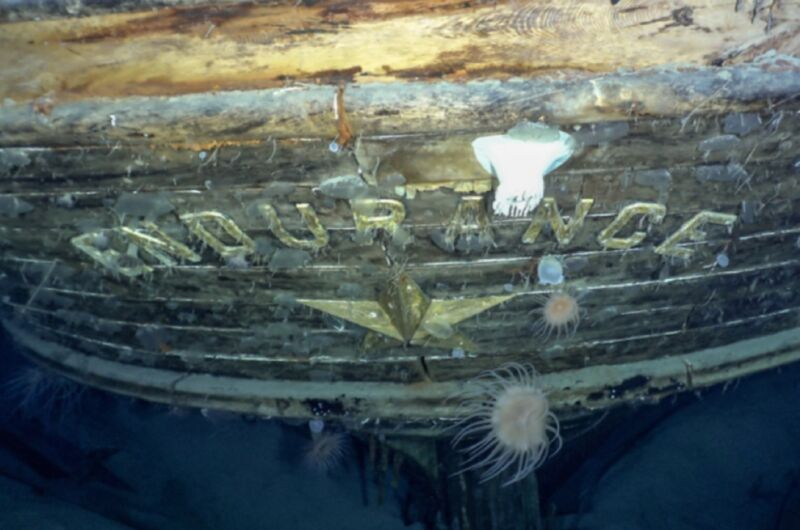
Falklands Maritime Heritage Trust/NatGeo
In 1915, intrepid British explorer Sir Ernest Shackleton and his crew were stranded for months on the Antarctic ice after their ship, Endurance, was crushed by pack ice and sank into the freezing depths of the Weddell Sea. Today, the Falklands Maritime Heritage Trust and National Geographicannounced the discovery of this famous shipwreck, nearly 107 years later, 3,008 meters down, roughly four miles (6.4 km) south of the ship's last recorded position.
The shipwreck is in pristine condition partly because of the lack of wood-eating microbes in those waters. In fact, the Endurance22 expedition's exploration director, Mensun Bound, told The New York Times that the shipwreck is the finest example he's ever seen; Endurance is "in a brilliant state of preservation." The expedition has released the first images of the wreck—the first time anyone has laid eyes on Endurance since its sinking a century ago. Bound et al. included shots of the stern (with "ENDURANCE" clearly visible), the rear deck and ship's wheel, and parts of the deck and hull.
A survival story
Endurance set sail from Plymouth on August 6, 1914, with Shackleton joining his crew in Buenos Aires. By the time they reached the Weddell Sea in January 1915, accumulating pack ice and strong gales slowed progress to a crawl. Endurance became completely icebound on January 24, and by mid-February, Shackleton ordered the boilers to be shut off so that the ship would drift with the ice until the weather warmed sufficiently for the pack to break up. It would be a long wait. For 10 months, the crew endured the freezing conditions. In August, ice floes pressed into the ship with such force that the ship's decks buckled.
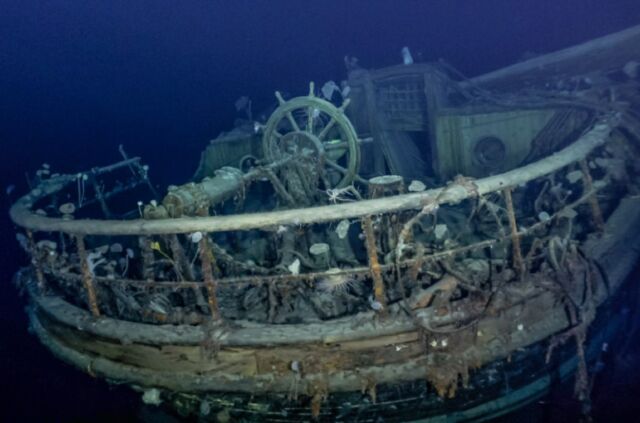
Falklands Maritime Heritage Trust/NatGeo
The ship's structure nonetheless remained intact, but by October 25, Shackleton realized Endurance was doomed. He and his men opted to camp out on the ice some two miles (3.2 km) away, taking as many supplies as they could with them. Compacted ice and snow continued to fill the ship until a pressure wave hit on November 13, crushing the bow and splitting the main mast—all of which was captured on camera by crew photographer Frank Hurley. Another pressure wave hit in late afternoon November 21, lifting the ship's stern. The ice floes parted just long enough for Endurance to finally sink into the ocean, before closing again to erase any trace of the wreckage.
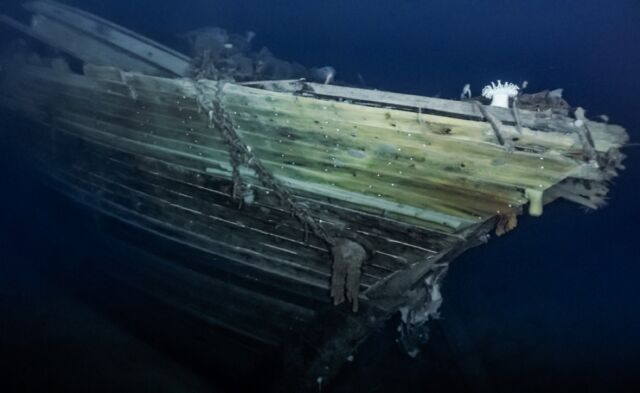
Falklands Maritime Heritage Trust/NatGeo
Shackleton died several years later during the Quest expedition to Antarctica, which set sail in 1921. He never reached the expedition's planned destination, falling ill in late December just as the ship was about to leave Rio. He had begun drinking heavily to "deaden the pain," despite not usually allowing alcohol while at sea. The Quest reached South Georgia on January 4, 1922, and Shackleton made his final diary entry before retiring to bed.
By 2 am, he was complaining of back pains and requesting painkillers. Ship physician Alexander Macklin suggested Shackleton might try leading a more normal life. Shackleton asked what Macklin thought he should give up. "Chiefly alcohol, boss, I don't think it agrees with you," the physician replied. Then Shackleton "had a very severe paroxysm" and died. The official recorded cause of death was coronary thrombosis.
Making polar history
People have been hunting for the wreckage of the Endurance ever since its sinking, among them well-known shipwreck hunter David Mearns, who tried to mount his own expeditions in 2001 and 2010. Just last month, Mearns and two co-authors submitted a preprint to the Journal of Navigation reporting on their new calculations of where the true position of the shipwreck might be. (They provided a copy to the Endurance22 project, who reportedly "read it with interest," per BBC News.)
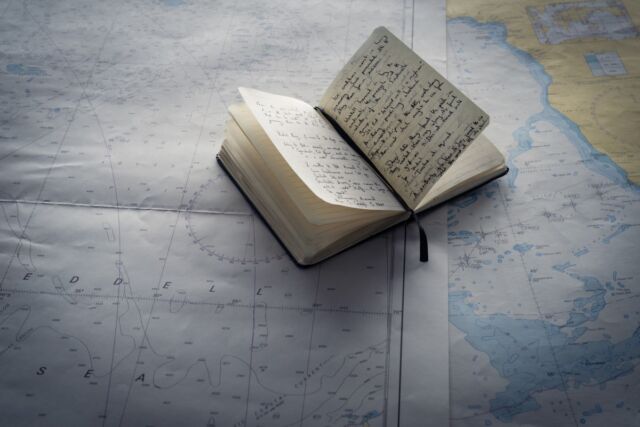
Falklands Maritime Heritage Trust/Nick Birtwistle
Shackleton's brilliant navigator, Frank Worsley, painstakingly calculated the coordinates for the position where Endurance sank using a sextant and chronometer. He recorded that position in his log book: 68°39'30" south; 52°26'30" west. But there was some question as to the accuracy of the marine chronometers he used to fix longitude, which would have affected the final coordinates.
The ship's resident physicist, Reginald James, had shown Worsley how to use lunar occultations to work out how much the chronometers' calibration had drifted. However, the sky maps available to Worsley weren't as accurate as those today. Based on those maps alone, the chronometers were running 22 seconds faster than Worsley realized. Mearns et al. also noted that the Sun was obscured by a thick cloud on the day of sinking, as well as the two days before—a critical component for navigational measurements. So Worsley had to make a few rough estimates to produce his coordinates, given that missing data.
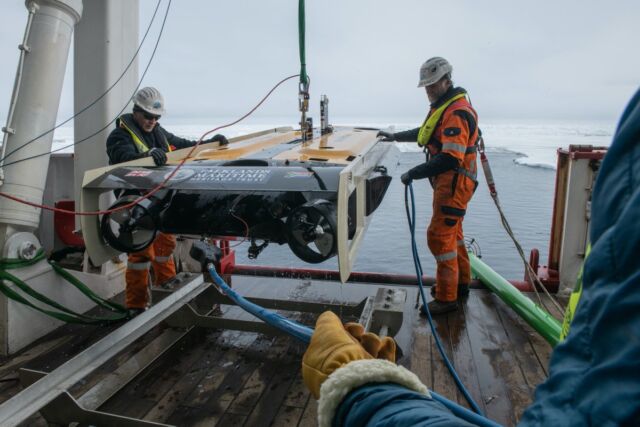
Esther Horvath
Based on their own calculations, Mearns and his co-authors determined that the wreckage of the Endurance might be several kilometers to the east of Worsley's recorded coordinates, rather than to the west as previous studies had surmised. Both turned out to be inaccurate. Endurance22 found the wreck about four miles (6.4 km) south.
Organized by the Falklands Maritime Heritage Trust, the $10 million Endurance22 expedition set sail from Cape Town in early February and arrived at the search area 10 days later. To account for any navigational errors by Worsley, the search area was quite broad. The team used battery-powered submersibles to comb the ocean floor for six-hour stretches, twice a day, augmented with sonar scans of the seabed to hunt for any protrusions. Once the wreck had been found, the team members recorded as much as they could with high-resolution cameras and other instruments.
The wreck of the Endurance is a historical monument, marked for preservation under the terms of the Antarctic Treaty, so nothing was touched and no artifacts were removed.
MMW


Comments
Post a Comment